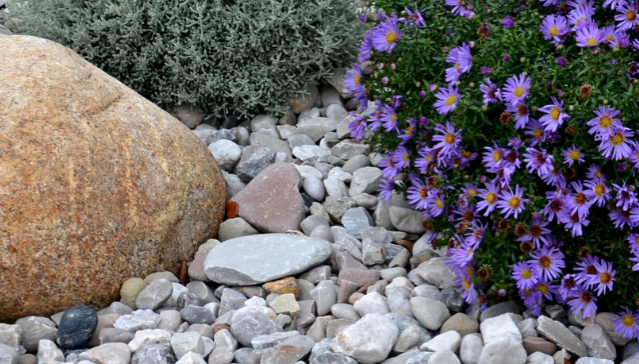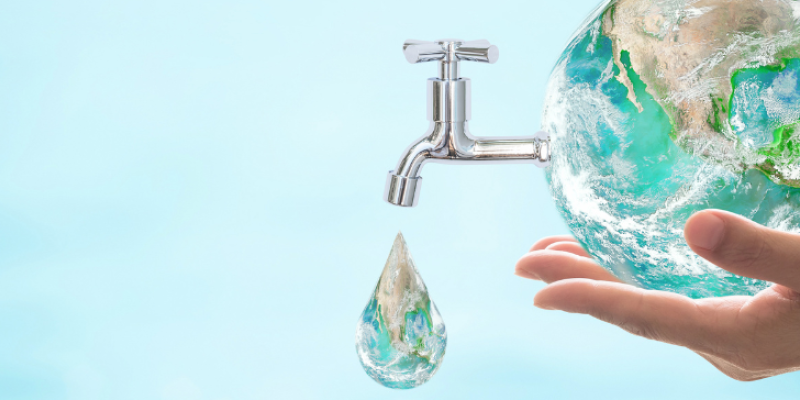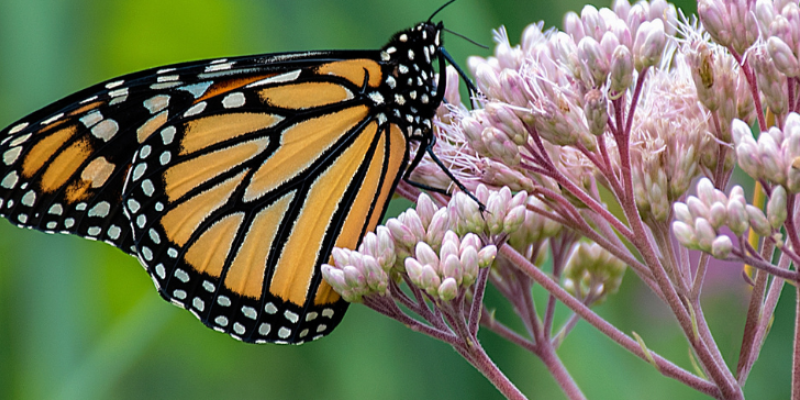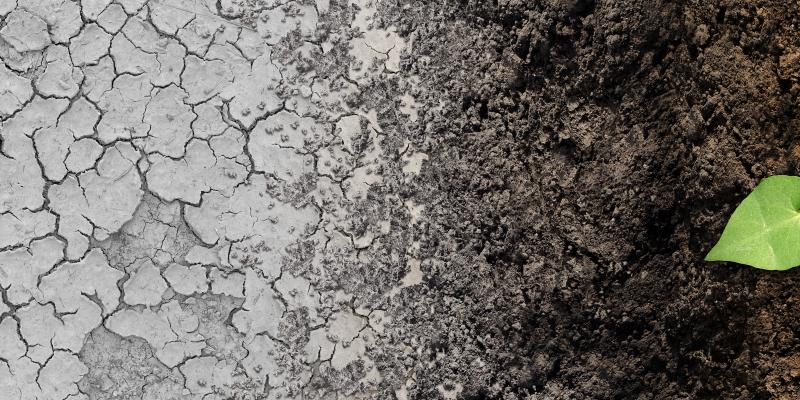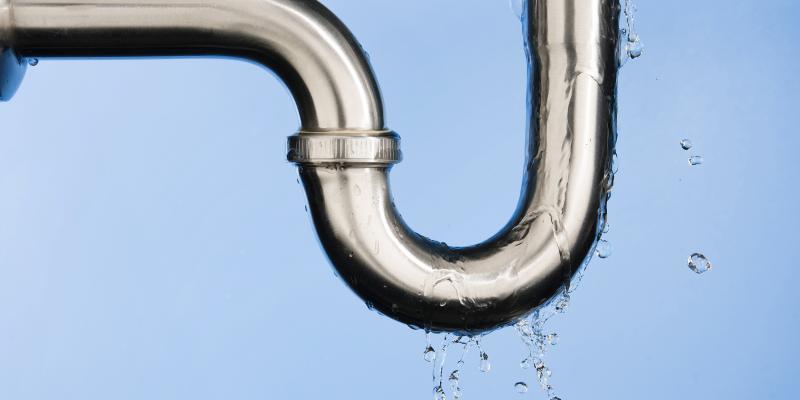Our area experiences long periods of drought, and with the increasing population, our water supply faces strain. To help protect our water, we encourage customers to conserve water as we strive towards providing high-quality and reliable drinking water to our customers. We cannot achieve this alone - we need your help!

how you can help
We need to be thoughtful and make conscious efforts to conserve water. It's not just about fixing a leaking toilet, installing low-flow showerheads, or practicing responsible landscaping. It is also about our behavior, such as not letting the water run while brushing our teeth or flushing the toilet to throw something away.
